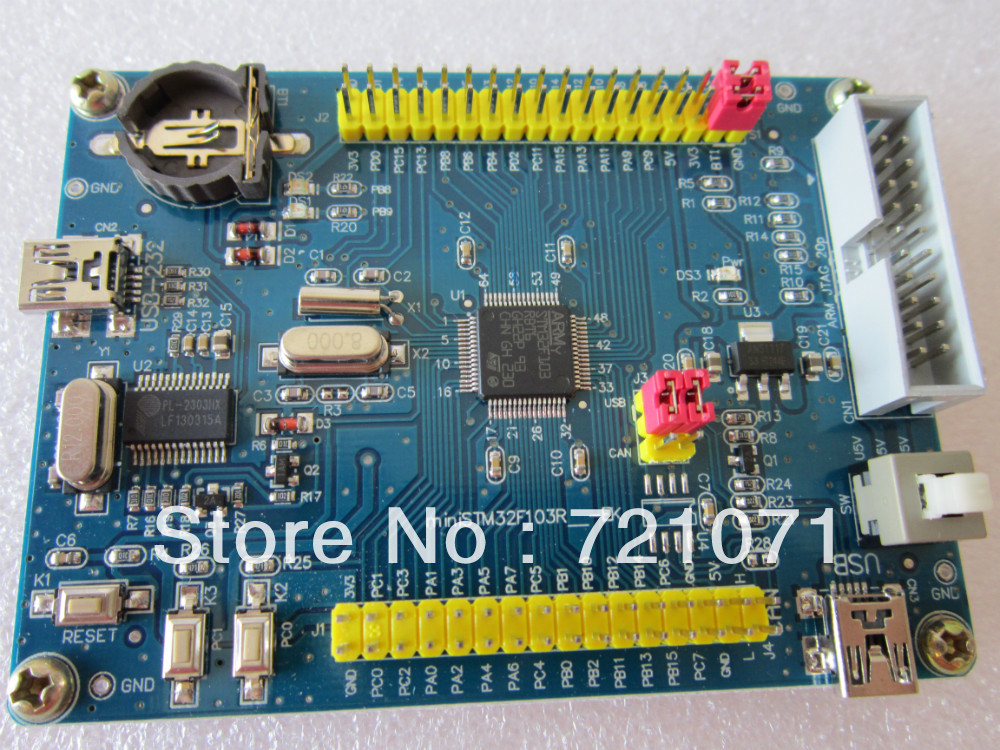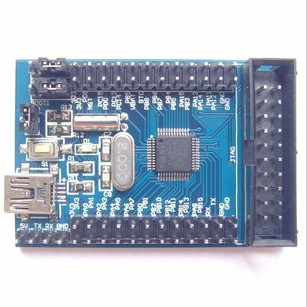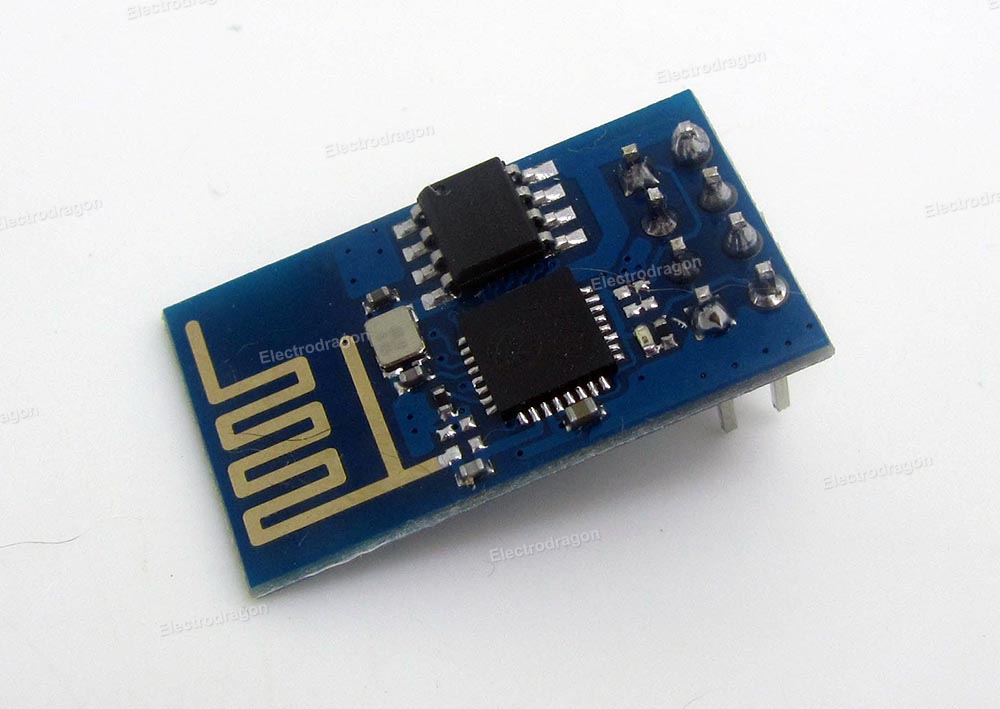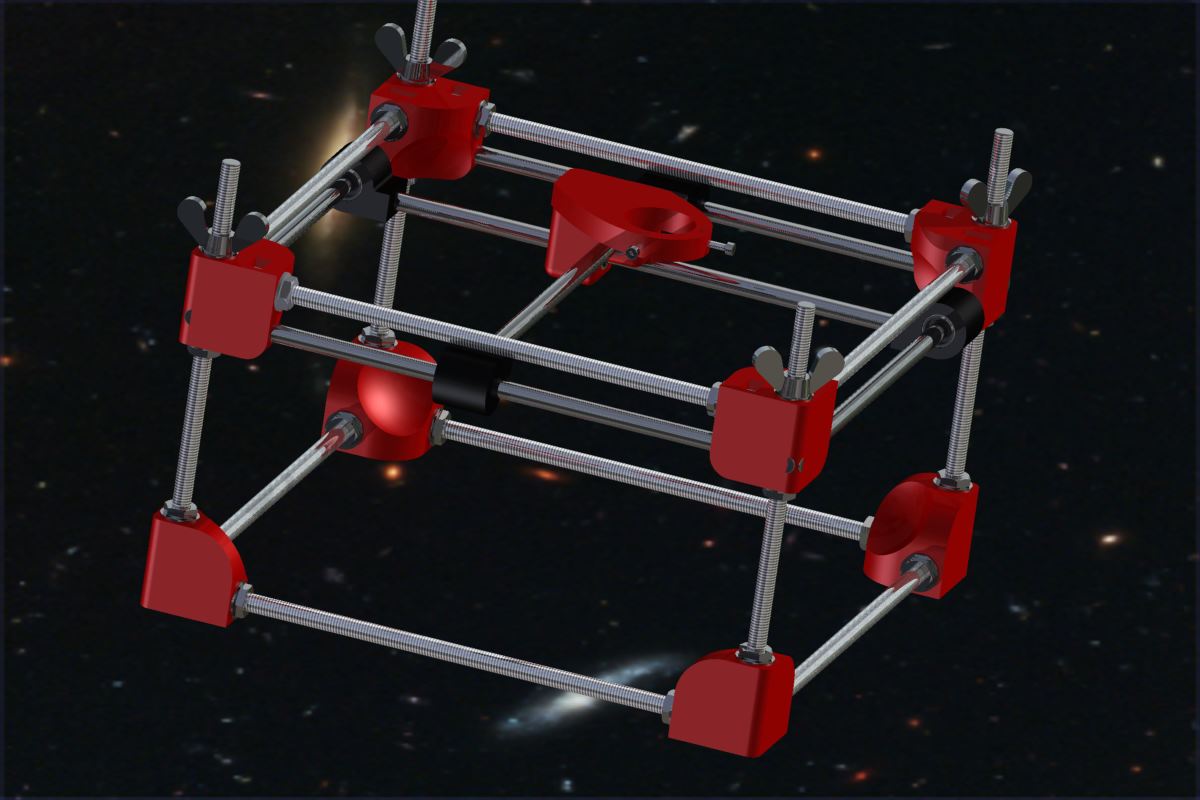Time changes and so do embedded chips. Having programmed numerous years on Atmel 8bits, PIC, 6502, Z80 and 80×86 I am now learning the 32 bit. Like probably many of us, you try to get a similar environment like my Arduino/Eclipse setup for all development platforms. Well I tried quite a few options on this one:
- MBED.org. Great environment but only available online
- MBED exported to Eclipse/gcc. Works fine but still needs quite some tuning
- MBED generated from boards.txt & platform.txt. Actually got it working for the Nucleo L152RE. Downloading was done separately through the ST-Link utility. Downside was the rather large code footprint.
- MBED generated for EM::Blocks. Now this is quite an efficient compiler. It works as expected
- Eclipse. That got me nowhere
Eventually I guess I realized I was postponing the inevitable. I had to restart learning to program for the chip itself. I have a few boards at hand with the STM32F103xxxx and will start with these.
As expected, there is hardly any descent documentation available or even a schematic. So a lot of experimenting is required. Any I guess it is my lack of experience with these processors that definitely need an update. And time to leave Arduino style programming and get into the real deal.
My favourite environment currently is:
- EM Blocks as compiler version 2.3
- Doxygen is embedded
- Version control is embedded
- Use standard templates
I am making this a separate menu Item so I can share my experiences (and have a backup for tips and tricks myself).




